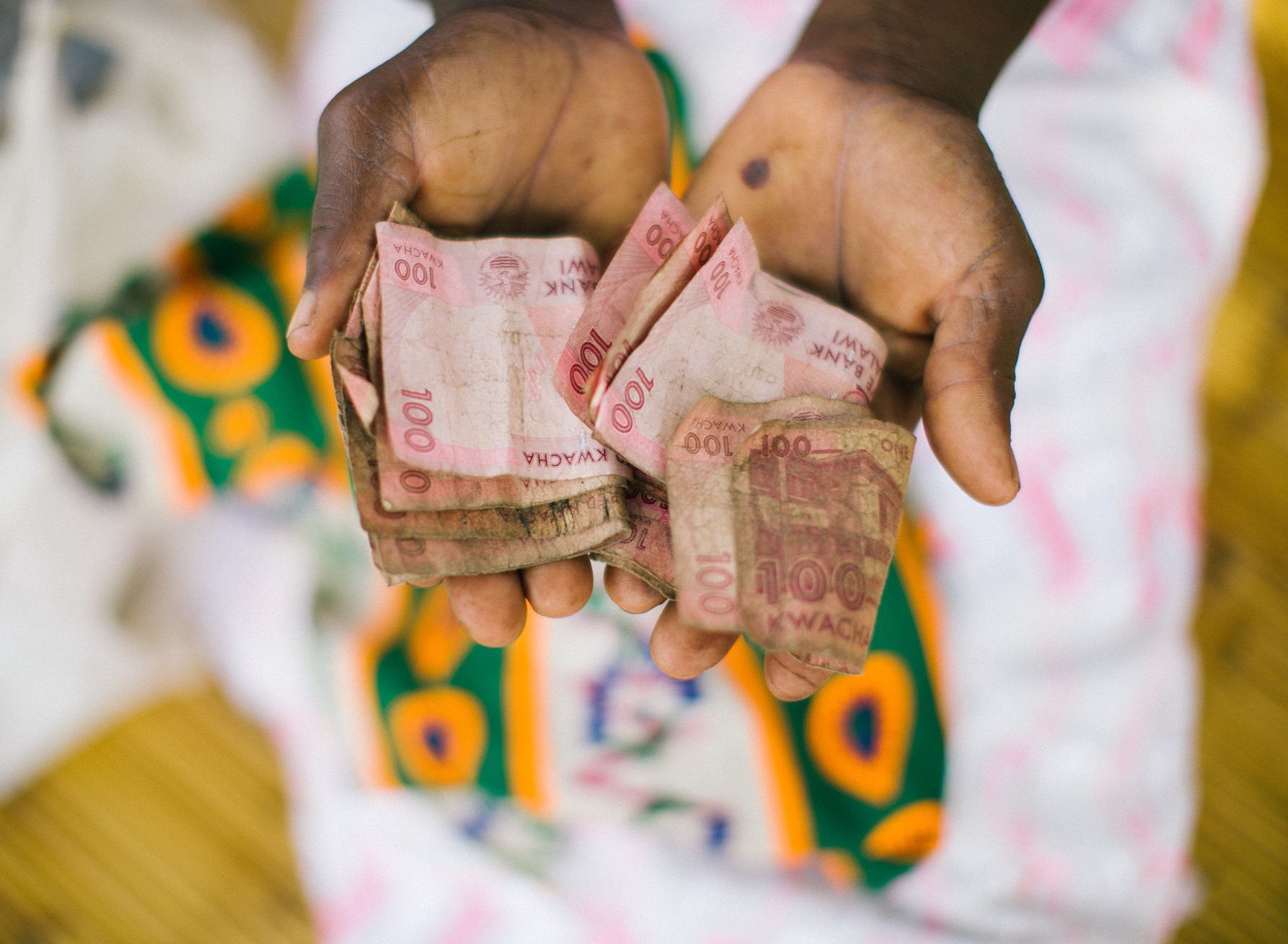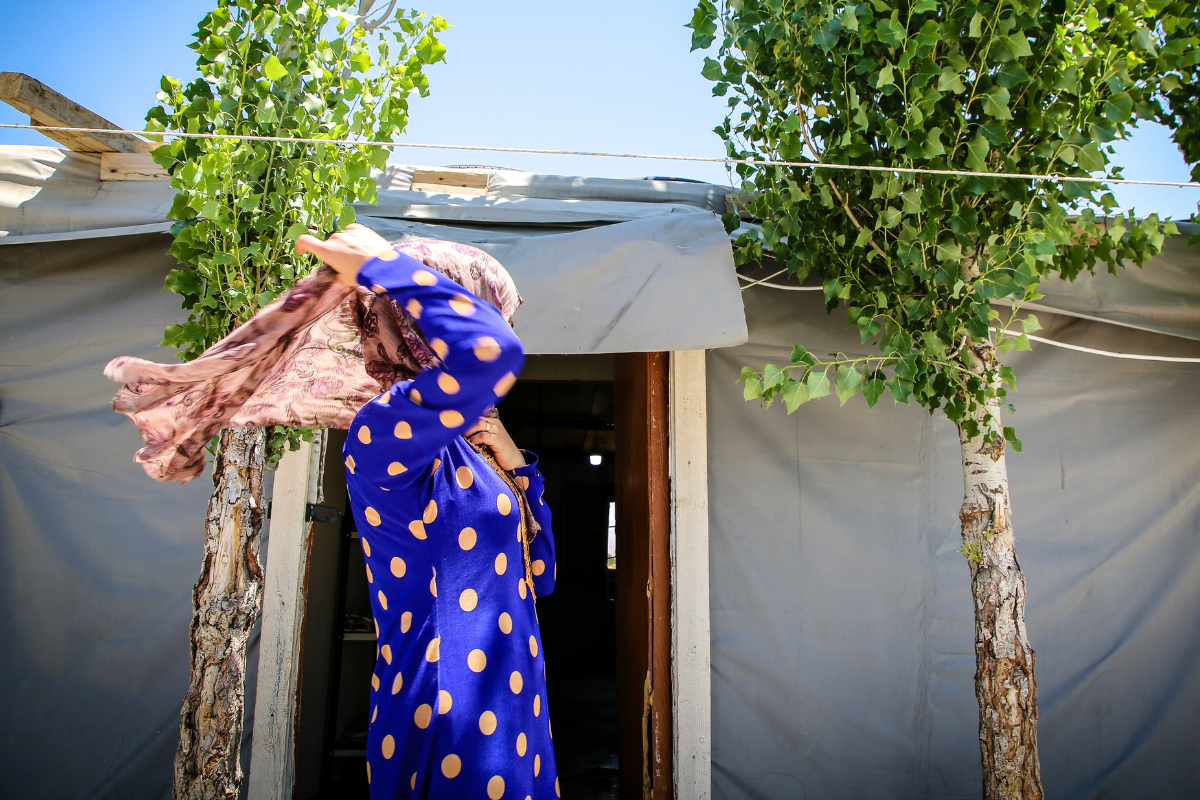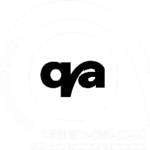Asset Based Community Development

You’ve probably heard of ABCD or asset-based community development. But have you ever wondered what it actually means? Well, if you have, then you’ve come to the right place.
This blog is intended to provide you with a deeper understanding of what ABCD means and about ABCD practices, as well as offering some direction for how ABCD approaches can be more robustly implemented in communities around the world.
What is asset-based community development?
Asset-based community development (ABCD) is a practical approach that focuses on discovering and mobilizing existing resources, skills and experience within a community. In other words, ABCD offers people the opportunity to find, organize and create a better community themselves, building on existing assets.
Asset-based community development places great focus on relationships, citizen leadership and the appreciation of the strength of individual talents.
By focusing on a community’s strengths and assets, they build on a very different view of their needs and begin by working to strengthen the community. ABCD recognizes anyone in a community (including families, volunteer agencies and organizations) who have the expertise, desires and knowledge to help support that community.
Asset-based community approaches
Now that we have formed a better understanding of the ABCD approach, we’ll explore and clarify some of the processes attributed to and mechanisms or methods associated with it.
The ABCD approach focuses on using the “assets” that are already there rather than analyzing what a community requires or lacks. The approach enables people and communities to be empowered by encouraging them to recognize their existing assets and successfully utilizing them by working together to develop their communal facilities.
Asset approaches focus on recognizing and balancing an individual’s social and physical resources in local communities. They recognize and work on what people want most and can assure that public services are delivered where they are required.
In each particular community, there are five main assets:
- Individuals
- Associations
- Organizations
- Physical assets
- Connections.
These assets are grouped into three categories:
- Individual gifts
- Citizens’ organizations
- Local institutions.
Now that you know what the “assets” in Asset-Based Community Development are, let’s go through each of them in more detail.
1. Individuals – Everyone’s assets and gifts
In the development of a community, individual assets can go a long way to satisfy the needs of a community. These “assets” are as such: knowledge, information, ideas, leadership, money, skills, talents, gifts, and capacities of an individual. Which they can make available to benefit the community. Examples of individual assets include an active or retired military worker, small business owner, or a teacher.
2. Associations – Those who discover the gifts and assets of people
In ABCD, small groups of individuals, such as clubs that act as voluntary members, are called associations and play an essential role in mobilizing a community. Associations simply come together through their individual choices, through a shared desire. This includes voluntary organizations mostly managed by volunteers, such as local clubs, religious groups, and other contributing groups.
3. Institutions – People organizing assets together
Institutions are structurally organized professionals aimed at completing a specific goal in a community. Institutions typically include government entities, private businesses, schools, etc. Institutions and their assets allow the community to harness valuable resources and also create a sense of civic responsibility.
4. Place-based assets – Collect assets of a community
Land, homes, heritage, public and green spaces represent a collective asset of a community. In the place-based asset approach, people are brought together to meet communities’ growing requirements using the objective, assets, and resources in each community.
Its long-term collective projects empower the community to drive systematic transformation and lead to an innovative and impact learning cycle.
5. Connection – People who connect to a community
Asset-based community development acknowledges the connections created between people who share their gifts and assets, which are essential resources for the community. Connectors are considered people whose gift is to discover and develop these connections. This is usually done person by person through relationship building. ABCD recognizes their importance and aims to enhance social capital by facilitating these meaningful relations.
The objectives of ABCD are focused on identifying and sharing the values that individuals and communities need to explore and activate.
The glass-half-full concept
Asset-based community development uses the glass-half-full concept in community development. By working with a half-full glass, representing assets that a community already possesses, community improvements can be made much faster, rather than fixating on what is missing and what needs fixing in the community.
What are we doing to help?
World Renew works with various communities around the world to help them develop their communities through ABCD.
How we use ABCD to help communities
We start by asking the community what their needs are and encourage the community to take action. They decide together what is needed in order to create a better, cleaner and more sustainable community. World Renew believes that it is essential for members of the community to take an active and decision-making role in the community’s development.. This empowers the participants to learn first-hand how to preserve and develop their community.
World Renew strives for progress at a more profound level, starting with the community’s vision, beliefs, behaviours, and worldview. It is a long and complicated process, and the results may not at first be apparent. Still, in the long term, asset-based community development can create a much more sustainable community.
Examples of World Renew’s ABCD programming
In Nicaragua, the World Renew’s partner, the Nehemiah Center, began a project to adapt to urban trends. One of the first moves in the ABCD project was to include local leaders in their communities on a prayer journey while taking into account the needs of the community.
You’ll find another example of ABCD in a community in Tanzania. In this community, while it seemed thatall hope was gone, some still dreamed of a different reality for themselves and a better future for their children. World Renew and the Mara and Ukerewe Diocese of the African Inland Church of Tanzania (AICT-MUD) helped this community determine their resources and assets, then provided training to help families enhance their earnings, education, and health.
You can make a difference, whether it is at home or around the world, by becoming a global citizen, like HaEun. World Renew’s Global Volunteer Program (GVP) offers volunteers like HaEun opportunities to work on asset-based community development in international communities. GVP volunteers work with proactive, compassionate hearts to solve critical issues such as illiteracy, hunger, child mortality, and poverty.
Are less tangible needs being ignored?
Development is never about just doing one thing; instead, it is a whole process of growth that involves social, economic, and cultural aspects.
Based on ABCD’s focus on the assets within a community, you may be wondering if the less tangible needs of a community are being ignored. For instance, rising depression could be a community issue that is less obvious when the focus is on the community’s assets.
However, ABCD doesn’t neglect community needs and issues like depression among residents. Instead, the approach concentrates on the assets that the community has and comes up with solutions to resolve these issues, such as leveraging local institutions to offer support to those suffering from depression or forming a helping group with the help of existing associations.
Walk alongside World Renew to help communities around the world
One approach to exploring community interests is exploring the hopes and visions of the community for the future without dwelling on needs and issues. World Renew can consider what could improve by being future-focused, but we do so in a constructive way that offers a way forward. To find out how we do that, you can partner with us to also make a difference!
MORE STORIES AND NEWS
16 Days of Activism: Lilia’s Journey to Self-Confidence
Lilia’s Journey to Self-Confidence November 25, 2025 Lilia’s Journey to Self-Confidence November 25, 2025
Cambodia: How One Student Is Fighting Human Trafficking
How One Student Is Fighting Human Trafficking IN CAMBODIA September 18, 2025 How One Student
Nicaragua: Shaping the future through savings groups
Shaping the future through savings groups in Nicaragua Shaping the future through savings groups in Nicaragua






